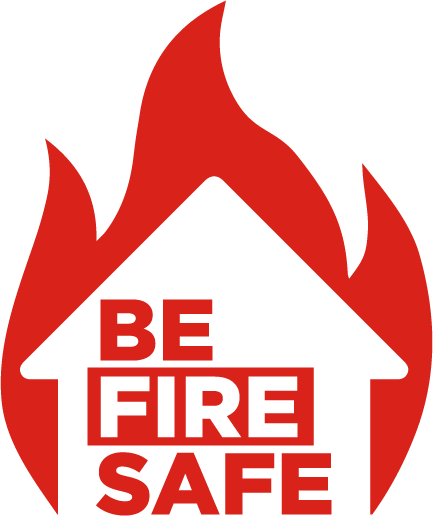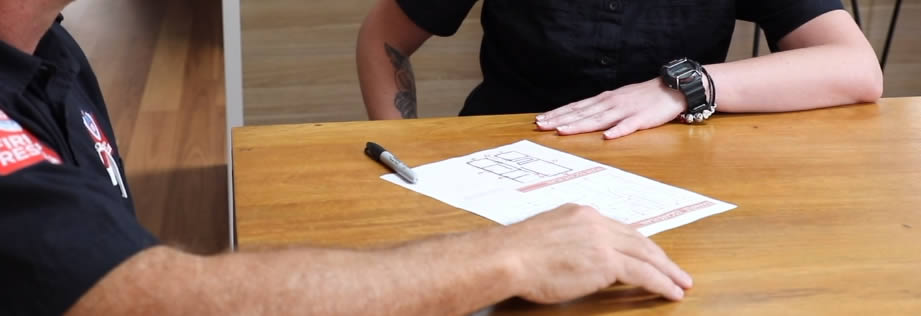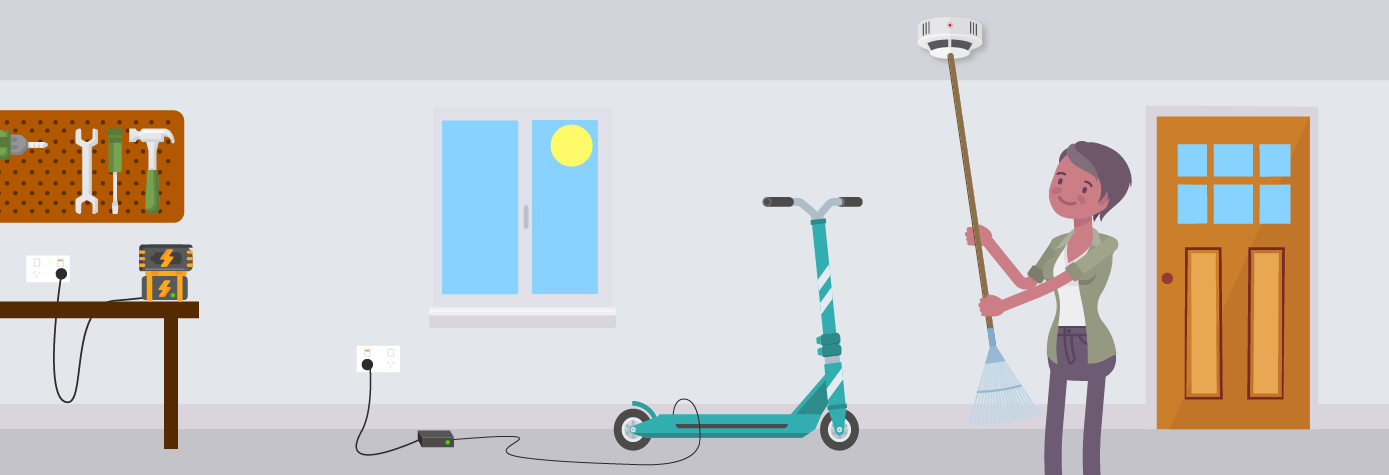
Be Fire Safe this Winter
A fire can spread rapidly and be devastating, even fatal. In under 3 minutes, toxic smoke and flames spreading through your home will put you and your loved ones at serious risk.
TranslationsSmoke alarms - what we recommend

Smoke alarm tips
- Have at least one smoke alarm in all living areas, hallways and bedrooms.
- Interconnected smoke alarms - if one alarm activates, all smoke alarms sound.
- Test your smoke alarm once a month by pressing and holding the test button until it sounds.
- Vacuum the dust off your smoke alarm every 6 months.
- Replace the battery (if it is alkaline) every year.
- Replace the whole alarm every 10 years.
Have you got a working smoke alarm?
Only working smoke alarms save lives, our firefighters can visit your home, check yours and provide fire safety advice.
To book a free Safety Visit contact your local fire station or register at www.fire.nsw.gov.au/visits
Note to landlords and agents
Landlords and agents in NSW must check smoke alarms in rented properties every year to ensure they are in working order. If an alarm is not working, it must be repaired within two business days. Further info, fairtrading.nsw.gov.au
Fire safety at home

Fire escape plan
- Know your address
- Try to have two ways to escape from each room
- Keep the exits clear
- Keep door and window keys in the lock so they can be opened easily
- Know your meeting place - at the front of your house where firefighters can see you
- Practice your escape plan often, with everyone in your home.
If your smoke alarm sounds or you see fire:
- Use your home fire escape plan* to get out
- Get down low and go, go, go
- Close doors behind you if you can
- Go to your meeting place
- Call 000 and ask for FIRE
- Stay out - DO NOT re-enter your home
- Wait for firefighters to arrive
Other simple tips
- Keep looking when cooking
- Keep all flammable items a metre from the heater / fireplace
- Don't use outdoor cooking equipment inside
- Clean the lint filter in your dryer before you use it
- Keep candles away from curtains and never leave unattended
- Don't overload powerboards or powerpoints
- Ensure your flue and chimney is regularly cleaned
- Don't smoke or use wheat bags in bed
- If your clothes catch fire - stop, drop, cover and roll.
Make your own home fire escape plan
Lithium-ion battery safety

Battery safety tips
- Only charge e-bikes, e-scooters, power tools in the garage or shed, away from living areas and exit doors.
- Never use or charge batteries or equipment showing signs of damage such as swelling, leaking, discolouration, or odours
- Only use chargers that comply with relevant standards and have been supplied with, or deemed compatible with, your battery or device
- Never leave devices on charge for extended periods (e.g. overnight) or unattended
- Switch off once fully charged
- Don't charge phones on your pillow or in bed, only charge devices on hard surfaces
- Buy products from reputable brands and suppliers and avoid using second hand batteries